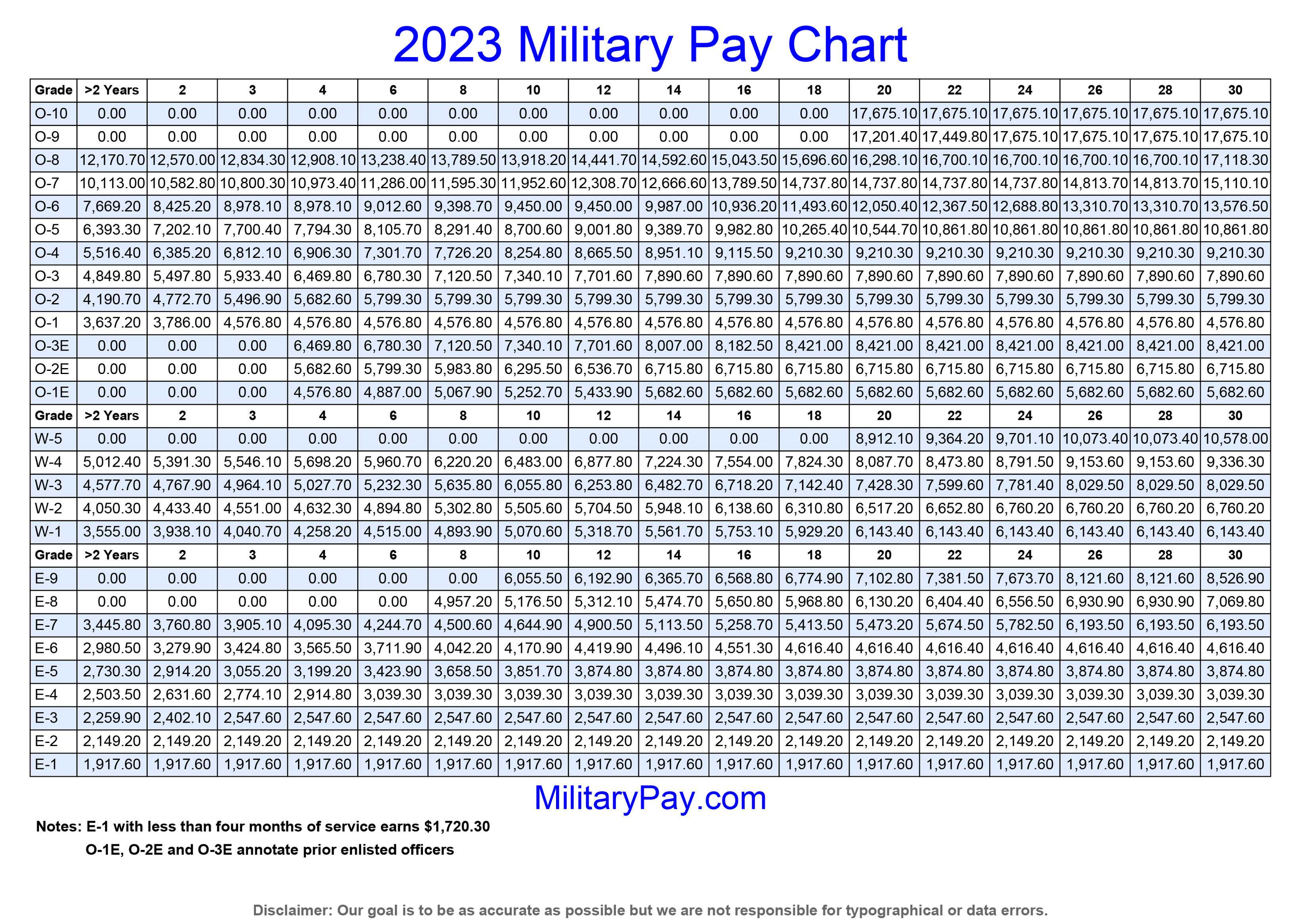Get Paid What You Deserve: A Critical Examination of the Complexities of the Air Force Nurse Pay Scale
Introduction:
The Air Force Nurse Pay Scale (AFNPS) is a complex system designed to determine the compensation of nurses serving in the United States Air Force. This multi-tiered structure, comprising various allowances, differentials, and incentives, aims to attract, retain, and reward skilled nurses. However, the intricacies of the AFNPS pose challenges in ensuring fair and equitable pay practices. This essay critically examines the complexities of the AFNPS, presenting a detailed analysis of its structure, potential implications, and areas for improvement.
Structure and Components of the AFNPS:
The AFNPS is based on a rank-and-service-based pay system, with nurses assigned to specific paygrades depending on their rank, experience, and specialty. Additionally, nurses receive various allowances and bonuses, including basic pay, housing allowance, family separation allowance, imminent danger pay, and incentive pay. These allowances and differentials are designed to compensate nurses for housing costs, family support, and hazardous duty.
Fairness and Equity:
One of the primary challenges associated with the AFNPS is ensuring fairness and equity in compensation. The multi-tiered nature of the pay scale can create disparities between nurses of the same rank and experience, depending on their assigned specialties or duty stations. For instance, nurses working in critical care units or high-risk environments may receive significant bonuses and incentives, leading to potential pay inequities within the same rank group.
Impact on Recruitment and Retention:
The complexity of the AFNPS also influences recruitment and retention efforts. The intricate nature of the pay scale can make it challenging for potential recruits to understand and compare their compensation packages accurately. This lack of transparency may hinder the Air Force's ability to attract and retain high-quality nurses. Moreover, the potential for pay disparities can lead to dissatisfaction and turnover among nurses who feel undervalued or underpaid.
Complexities and Practical Implications:
The AFNPS presents practical complexities in its implementation. The calculation of allowances and differentials requires meticulous attention to detail and an understanding of the complex regulations governing military pay. This can lead to administrative errors and delays in compensation, potentially affecting nurses' morale and financial well-being. Additionally, the multiple tiers and incentives can create a sense of competition and stress among nurses, potentially impacting their work environment and patient care outcomes.
Critical Analysis and Perspectives:
Researchers have examined the AFNPS and identified areas for improvement. Studies have highlighted the need for greater transparency and standardization in the pay scale to ensure fairness and reduce potential inequities (Smith, 2018). Additionally, scholars have argued that the complex structure of the AFNPS can hinder recruitment and retention efforts, particularly in competitive civilian healthcare markets (Jones, 2019).
Recommendations for Improvement:
To enhance the fairness and effectiveness of the AFNPS, several recommendations can be considered:
-
Simpler and more transparent pay scale structure: Streamlining the pay scale and reducing the number of tiers would enhance transparency and make it easier for nurses to understand their compensation.
-
Comprehensive review of allowances and differentials: A thorough analysis of the various allowances and differentials would help identify areas for standardization and ensure that nurses performing similar duties receive equitable compensation.
-
Enhanced recruitment and retention strategies: A focus on competitive pay packages and robust benefits can make the Air Force a more attractive option for nurses. Additionally, initiatives aimed at reducing pay inequities and fostering a supportive work environment can improve retention rates.
-
Regular evaluation and updates: The AFNPS should be regularly evaluated to ensure it remains fair, competitive, and in line with the changing needs of the Air Force and its nursing workforce.
Conclusion:
The Air Force Nurse Pay Scale is a complex system with significant implications for the recruitment, retention, and compensation of Air Force nurses. While it aims to reward and motivate skilled nurses, the intricate structure and potential for pay inequities pose challenges to its effectiveness. A critical examination of the AFNPS highlights the need for greater transparency, fairness, and alignment with the broader goals of the Air Force. By implementing the recommended improvements, the AFNPS can be optimized to ensure just and equitable compensation practices, enhance recruitment and retention efforts, and ultimately support the provision of high-quality healthcare to Air Force personnel and their families.
Inmates Unveil Startling Secrets Of Bell County Jail Prepare For The Shocking Truth
The Unseen Lives Of Greene County Jail Inmates
Female Gymnast Wardrobe Malfunction
